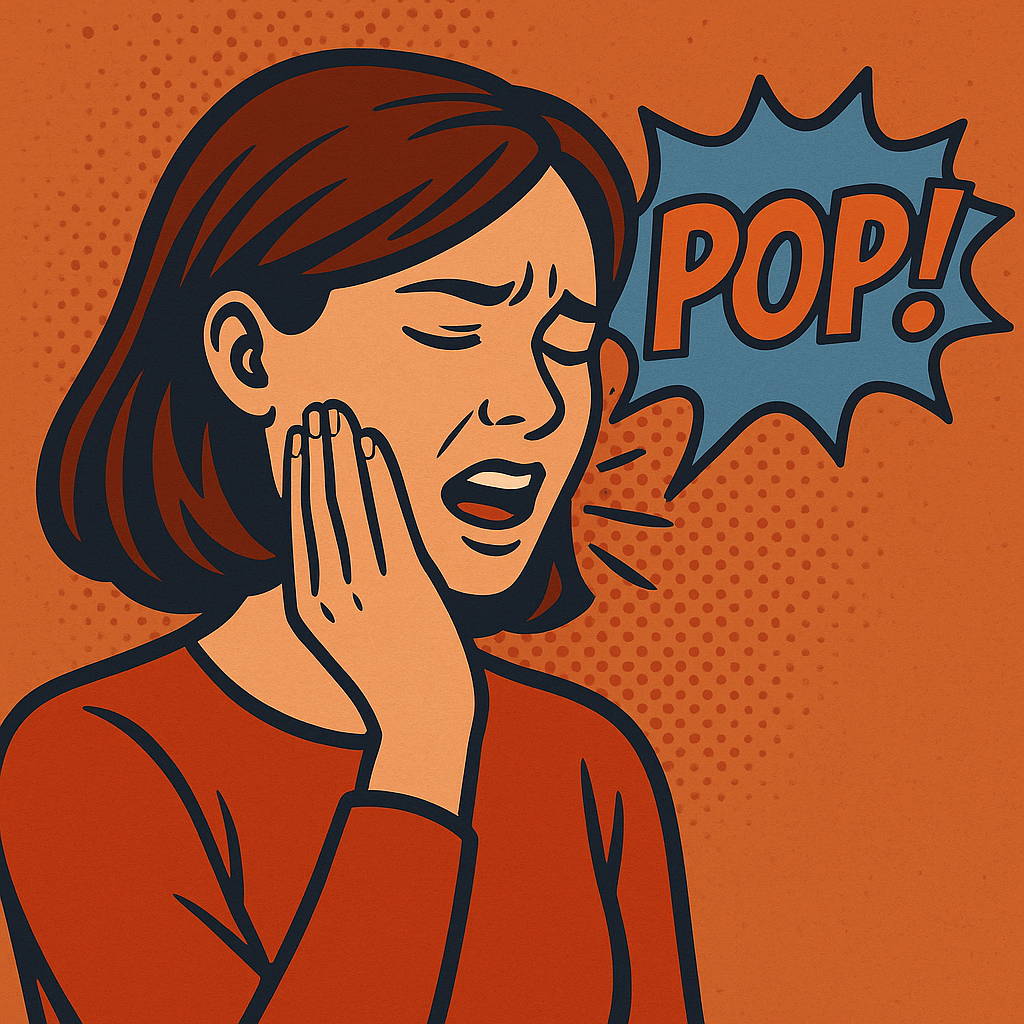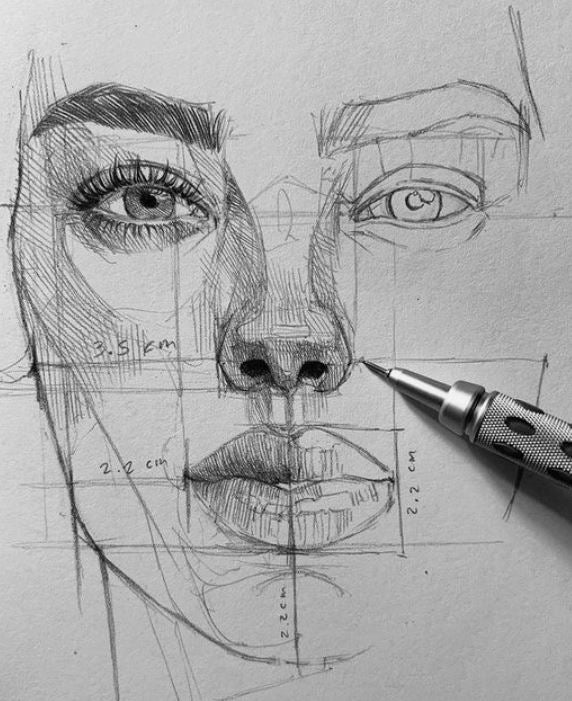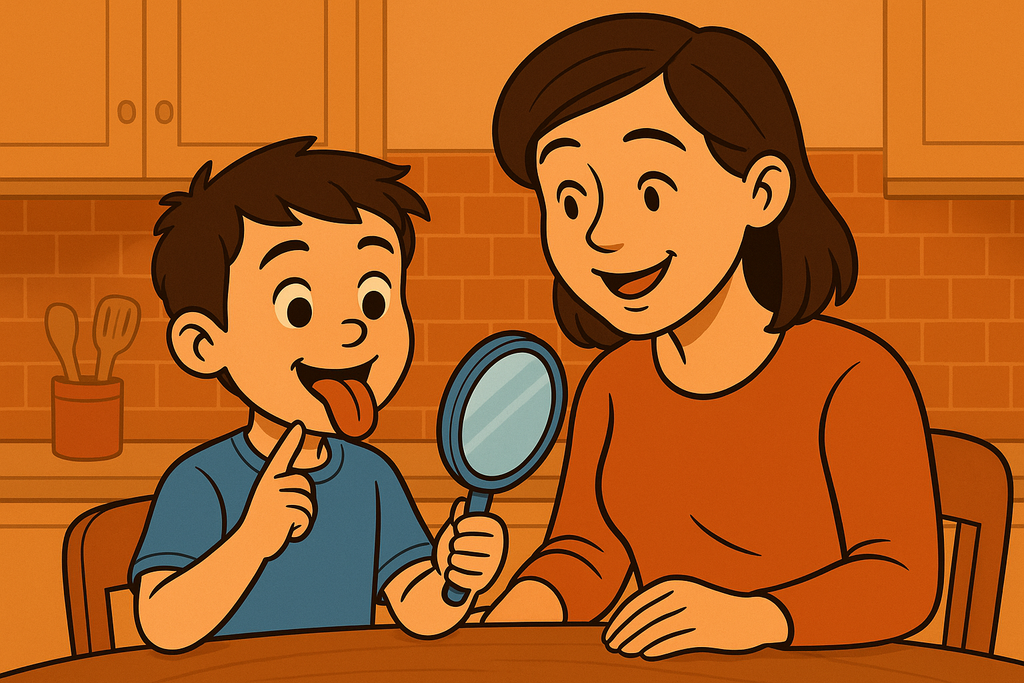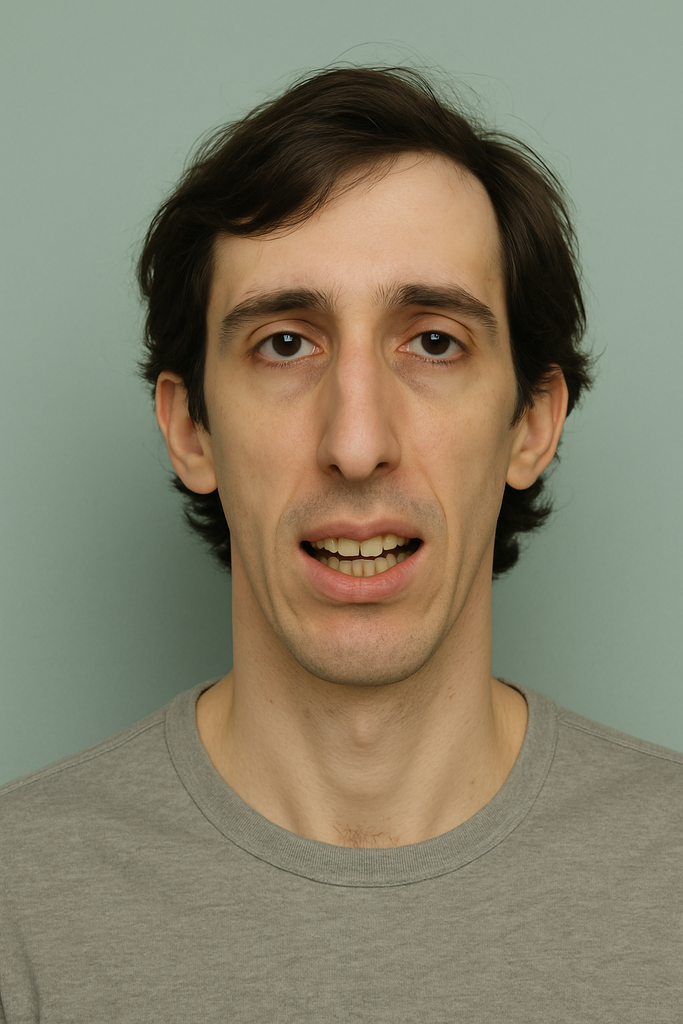Snap, Crackle… Stop! How Orofacial Myofunctional Therapy Calms TMJ Clicking and Popping (2025 Guide for Ottawa Adults)
Key takeaway: Balancing the jaw muscles—especially the lateral pterygoid—often eliminates clicks, eases tension, and prevents long-term joint wear with muscle balancing exercises.
“Oral myofunctional therapy was shown to be effective for the treatment of temporomandibular disorders, alone or associated with other treatments, in three out of four studies, with a significant reduction in pain intensity compared with other conservative care or no treatment.”
— Melis M, Di Giosia M, Zawawi KH. Oral myofunctional therapy for the treatment of temporomandibular disorders: A systematic review. Cranio. 2022;40(1):41-47.
Why the Sounds Deserve Attention
Fact
Up to 24 % of adults experience TMJ sounds such as clicks or pops. (PubMed)
Clicking can precede pain, locking, or arthritis if muscle imbalance persists. (AAFP)
Women are 3 × more likely to develop symptomatic TMDs. (AAFP)
What it means
Early joint changes are common—but reversible when caught soon.
Tackling the cause now can save years of chronic discomfort.
Hormonal factors and joint laxity play a role—muscle training offers a non-hormonal fix.
Signs You’d Benefit from an OMT Assessment

Audible click or pop every time you open wide.
Morning jaw stiffness or facial tension.
Uneven chewing, one side “stronger” than the other.
Ringing ears or headaches that track with jaw flare-ups.
Past orthodontics or wisdom-tooth removal that changed your bite.
What Therapy Looks Like (at a glance)
(Full exercise details are taught one-on-one to match your current habits, jaw muscle balance, and comfort level.)
2 hour Jaw & Posture Assessment
Photos, range-of-motion, muscle palpation.
Personalized exercise Sets
5-minute routines you can pair with tooth-brushing.
Progress Check-Ins
Quick virtual or in-clinic visits every few weeks; we graduate you from previous exercises, then give you new goals to reach.
Collaborative Care
Updates sent to your practitioners so that your treatment aligns across your specialist team.
Dangers of Ignoring Persistent Clicking
Early cartilage wear → arthritis flare-ups.
Neck & shoulder compensation patterns → tension headaches.
Bite shifts & dental crowding over time.
Sleep disturbance from nocturnal clenching.
Risk of locking, and potential loss of jaw range of motion.
With guided coaching and steady practice, you can achieve substantial, measurable improvements.
How Orofacial Myofunctional Therapy Helps
We perform a 360º OMT 120 minutes assessment at our Ottawa clinic to pinpoint each patient’s unique mix of factors.
Assessment
Airway screening, muscle tone tests, photos & measurements.
Personalized exercises
One-on-one coaching and tailored exercise planning.
Habit reinforcement
Weekly check‑ins, daytime and sleep-therapy strategies.
| At Intake | 4 Months Later | 8 Months Later |
|---|---|---|
| Loud left-side click every meal, yawning, and while talking, jaw felt “tight” on waking. | Click only after long phone calls; morning tension almost gone. | Jaw silent in daily use, no pain, quick 5-minute maintenance drill keeps things stable. |
Book a free 45‑minute consultation (in‑person or virtual) to learn if myofunctional therapy is right for you or your child. Our Ottawa clinic welcomes patients of all ages.
1. American Family Physician Rapid Review on TMDs (prevalence, female bias). AAFP
2. PubMed study on lateral pterygoid muscle training for disc displacement with reduction (2023). PubMed
3. Systematic meta-analysis of TMJ sounds prevalence (2024). PubMed
4. BreatheFirst UK article summarising MFT benefits for jaw clicking (2025). breathefirst.co.uk
5. ResearchGate systematic review: OMT combined with photobiomodulation for orofacial pain (2024). ResearchGate



